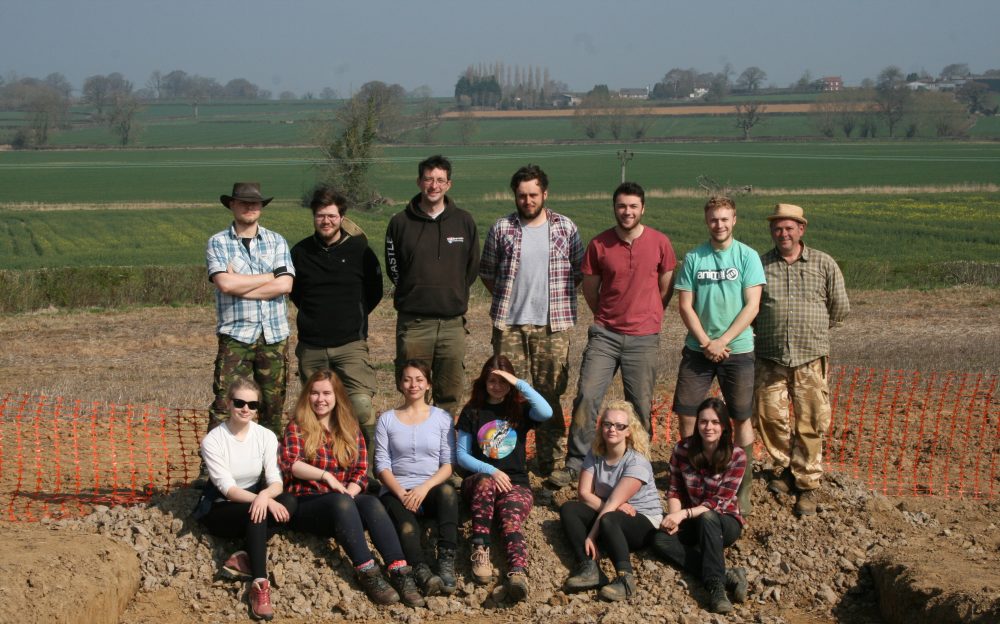The public often believe that archaeology is all about digging. The truth is that for every day we spend in the field digging, we spend two or three days more back in the lab or the office thinking about and analysing our discoveries.
James has recently sent the tiny assemblage of samian pottery (all 3 sherds!) from last year’s excavations in Hungerford to samian pottery specialist J. M. Mills. One sherd, from ditch fill [007] is a tiny fragment of a Dragendorff 15/17 platter from La Graufesenque in southern Gaul (modern France).
This sherd is important because it dates from about AD40-AD85. The Roman invasion happened in AD43 and the West Country probably wasn’t conquered until AD47 or so. We know from Tacitus and archaeological discoveries that there was trouble in the west during the Boudiccan Revolt in AD60/61.
So our little sherd shows that the inhabitants of the Late Iron Age settlement in Hungerford were in contact with the Romans soon after the conquest of the region. We don’t know what the conquest was like, but with a military presence established at Ham Hill and a fort at Ilchester it was likely to have been bloody. The sherd demonstrates other kinds of contact and that the locals were able to access some imported luxuries in the decades after the invasion.
